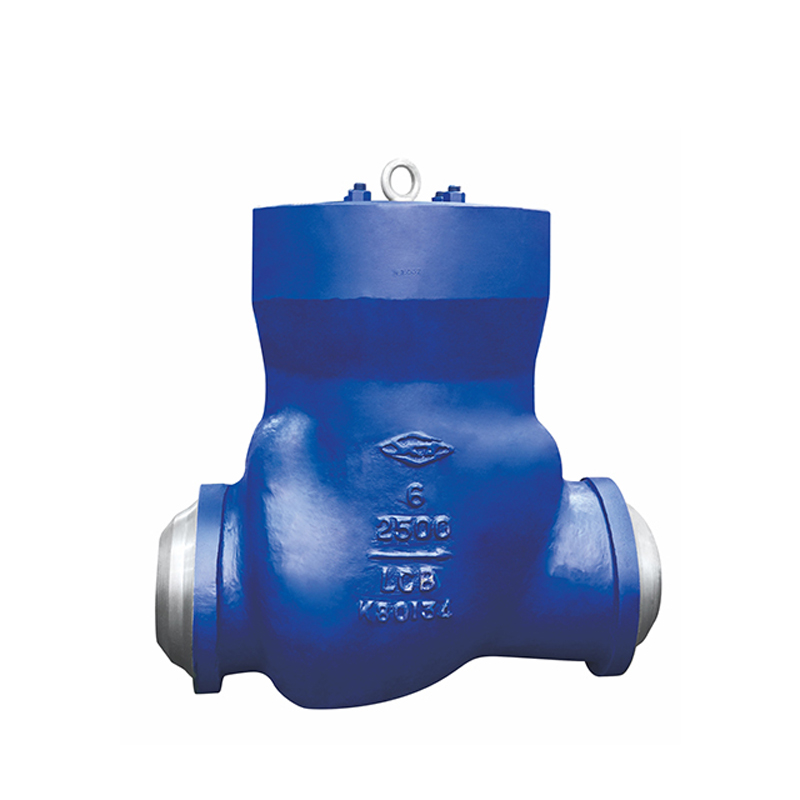Tel : +86-18059296519
Whatsapp : +8618059296519
Email : [email protected]
Socket weld and butt weld are two distinct welding techniques used to connect pipes together. Although both methods of joining pipes are popular, there are some key distinctions between them.
Socket welds can be stronger than butt welded joints in some instances, as well as having better durability and corrosion resistance.
When it comes to pipe connections, there are various methods available. Two of the most popular are socket welding and butt welding.
Both types of welding are effective at joining pipes together, but each has its own advantages and drawbacks. It’s essential to decide which welding method best suits your project before you get started.
One major distinction between socket welds and butt welds is strength. Socket welds are stronger since they do not contain any welding filler material, making them less likely to fail under high-stress conditions.
Socket welds are simpler to install than butt welds, as they require minimal preparation and only basic welding skills.
Socket welds are commonly used to join smaller pipes, typically those with diameters under 2 inches (50mm). However, they can also be employed on larger pipes, provided they share the same size and shape.
The corrosion resistance of socket weld and butt weld flanges is determined by several factors, such as the fluid being transported and pipe wall thickness.
Socket weld is a standard connection used to join smaller diameter pipes and create branches from existing pipelines. The fitting includes a recess for the pipe, which makes placement easy and prevents stress failure when it expands during welding.
Butt welds are a more reliable option for needle valve connections, but they require the expertise and time of an experienced welder. However, butt welds offer greater strength and are leakproof.
Socket welds are simpler to install, but they require a gap of approximately 1/16” at the bottom of the pipe where the valve will socket into. This gap provides space for thermal expansion but may lead to an overpressure problem that cracks the fillet weld of the fitting.
A butt weld is a straightforward welding joint that joins two metal pieces end-to-end. When the welder strikes an arc, filler material is fed into the gap between them until it forms a pool of molten metal that penetrates throughout the entire joint.
This type of welding is best suited for thin metal parts such as bicycle wheel rims and railway rails. To ensure proper penetration into joints, the welder must precondition the surfaces prior to starting.
Butt Welds offer great strength, but they require more assembly time than socket welds. Furthermore, butt welds may have problems in corrosive fluid service due to crevice corrosion; thus, they are not commonly used in many applications.
When looking for a way to connect two pieces of pipe together, there are several different options. Some of the most popular include socket weld and butt weld.
Butt welds offer greater strength and are frequently employed in pipelines subject to high pressure or temperatures. Furthermore, they are more durable and resistant to corrosion damage.
However, butt welds are more expensive to produce than socket welds and require a skilled welder for assembly. Additionally, they take longer to complete and may be challenging to fit up properly.
Socket welds are simpler and faster to install, requiring approximately a 1/16” gap between the shoulder of the fitting and pipe end for thermal expansion.
It’s essential that the gap is large enough; otherwise, it can cause stress problems that crack the fillet weld of a fitting. Furthermore, smooth pipe internals may become corroded due to this discontinuity in the joint, leading to a loss of strength and integrity throughout the system.
